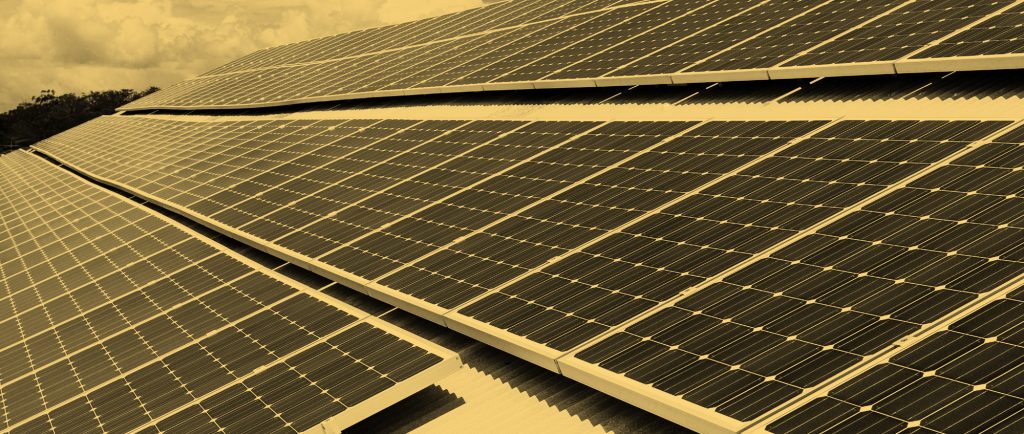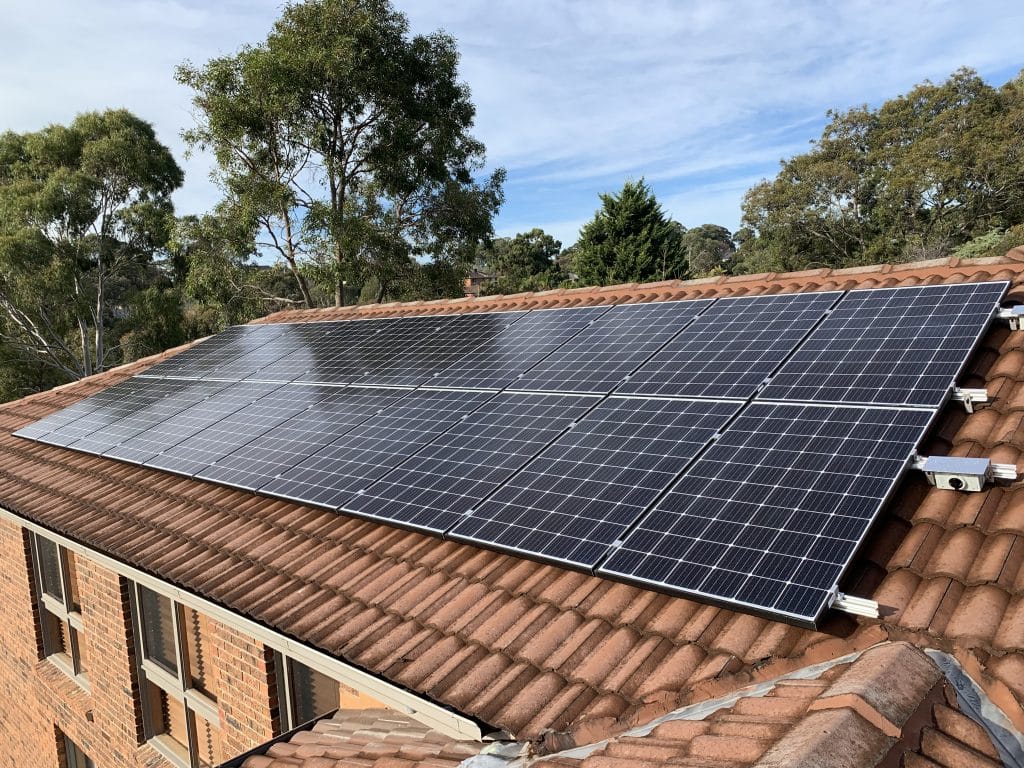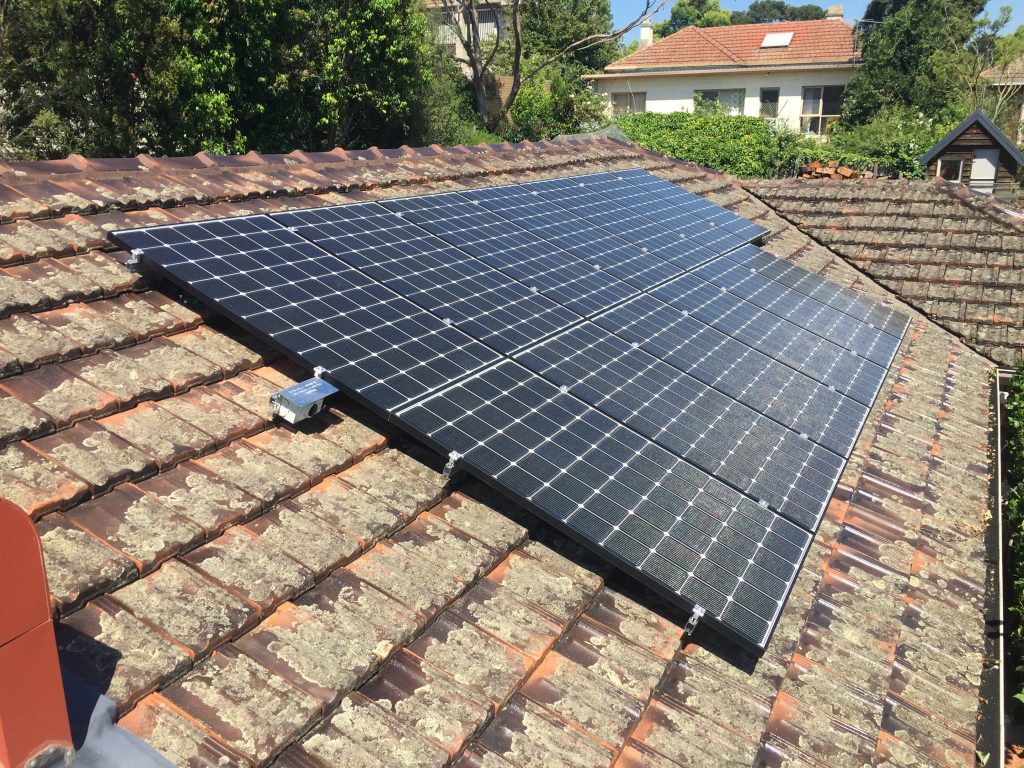
Are you fed up with paying exorbitant rates for electricity? Do you worry about your impact on the environment?
That perception is held by a number of other people as well. Because of the high cost of electricity, many people in Australia are looking into other options. One of the most common is called solar Net Metering, and it offers an alternative to conventional grid electricity that is both more affordable and more environmentally friendly.
The number of solar panels installed in Australia increased by about 30 per cent in 2020 compared to 2019. As a means of countering rising costs of living, Australians are increasingly turning to solar energy, either by installing solar panels for the first time or expanding existing systems.
There’s a solid reason Aussies are ahead of the curve when it comes to solar energy use. By using solar panels, regular people may cut their energy costs and impact on the environment. Only some people are interested in completely cutting themselves off the power grid in favour of solar energy, but after Net Metering, they may have the greatest of both worlds.
By allowing you to remain connected to the power grid while saving money on your energy bills, net metering makes transitioning to solar power an even more attractive option.
Keep reading to find out just how Net Metering is implemented in Australia and whether it would be a good fit for your home.
When Talking About Solar Energy, What Exactly Does “Net Metering” Mean?
In an effort to lessen their countries’ reliance on fossil fuels, many governments are promoting domestic solar energy production by their residents. However, solar power alone is not enough to sustain a home. Despite the fact that they may generate more electricity during the day than they need, they will still need to connect to the grid at night and during inclement weather. Initially, the price of storage can be quite high.
In an ideal world, your system would be connected to the grid so that it could both contribute to and draw power from the grid.
Since various tariff and incentive programmes are in vogue, various metering techniques are employed.
One such method is known as “net metering.” Here, we employ a metre that can both count in one direction and the other. Each individual only has to pay for the “net” amount of energy they utilise. If a consumer generates more power than he consumes, he will receive credit for the excess at predetermined rates and conditions.
Dual metering is another option. Every customer has two one-way metres. Depending on your needs, you may choose to either feed the grid with all of the energy you generate or just the excess. When the utility is purchasing electricity from the household producer at a rate different from the rate for which it is purchased from the grid, this form of metering is helpful.
This rate is known as the FIT or feed-in tariff. A few years ago, Australia’s feed-in-tariff programme was highly competitive, but times have changed.
The existing feed-in-tariff rates are roughly a third of the retail rate, encouraging the user to produce just enough to meet his requirements rather than more. Similarly, “buyback” has supplanted the older term “feed-in tariff.”
Thanks to a technique called “net metering,” conventional homes and businesses can use solar energy while still being connected to the grid.
The term “net metering” describes the method through which consumers who utilise solar panels are compensated by their electricity providers. In order to earn credits, solar panel owners must hook up their solar system to the power grid and make solar energy available to other consumers.

Net metering is used to varying degrees in several nations across the world. If you use solar panels to generate electricity, you can expect to be compensated at a rate comparable to that of traditional grid electricity.
In Australia, you will be compensated at the market electricity price for any excess energy produced by your solar panels. As a result, your energy bill will be calculated as the difference between your total energy use and the amount of energy generated by your solar panels.
It is important to remember that the energy produced by your panels will be sent directly to your home via the Net Metering system. The power that has been idle or is in excess is eventually reintroduced into the power grid.
Various Net Metering Contracts for Solar Panels
Gross net metering and solar net metering are the two distinct varieties of solar power metres that can be found in Australia.
- If you utilise solar energy to power your home and then export any extra power to the grid, you are engaging in “net metering.”
- With gross metering, all of the power produced from solar panels is sent out to the grid. Large solar arrays can increase the amount of solar energy collected in Australia’s bright climate.
Powerful solar panels, also called solar arrays, are required both for Net Metering as well as Gross Metering because of the high electrical output they provide.
The Australian Net Metering System and How It Operates
The sun can become the primary power source for a variety of electronic devices, including televisions, microwaves, air conditioners, and more, if solar panels are installed in a home and the Net Metering system is used. Solar panels can balance some or all of a home’s annual electricity consumption.
Whatever is produced in excess is sent back into the power system. Subsidizing with grid power is an option if solar energy production is inadequate due to cloudy skies or low output. The grid’s energy storage systems can be used to supplement your home’s existing power supply.
The power that isn’t immediately needed can be saved in the grid for later use. A feed-in penalty will only be applied to the energy your home uses, not the energy your home generates and sends back to the grid, ensuring that you don’t squander solar energy and avoid increasing your tariff. In addition to being environmentally beneficial, it’s also rather cheap.
Your monthly energy bills will be proportional to the amount of energy that has been transferred.
What Exactly Is a “Net Meter”?
The Net Metre is the equipment that is used to measure the amount of electricity that is consumed within your residence. It shows the amount of energy that can be produced and consumed by you. In addition to this, it helps in determining how much additional solar generation your house will require in the foreseeable future.
With net metering, the metre is allowed to go backwards, and you will only be charged for the difference. Your solar system will either deliver the energy back to the grid on a regular basis, such as once every 30 minutes, or it will do so at the close of each day, depending on the sort of Net Meter system you have.
In Australia, do-it-yourself solar installation projects typically do not qualify for Net Metering or even other feed-in tariffs. This is an important fact to keep in mind. To reap the rewards of Net Metering, users will need to have a professional instal their solar panels and connect them to the grid. Only then will you be eligible for the benefit. Therefore, despite the allure of a do-it-yourself solar panel installation to save money in the short term, you run the risk of losing money in the long run.
Solar Net Metering Contract Varieties:
There are three types of metering used in Australia’s net metering system.
- With virtual net metering, you can make use of solar power without having to put in your own panels; instead, you can use the power generated by solar panels at a nearby location to meet your home’s energy demands.
- Through aggregate net metering, one home’s solar energy production can bolster that of an adjacent home or building.
- To help farms and other non-residential customers save money on their electricity costs, remote net metering was developed.
The Australian Gross Metering System: How Does It Function?
While nations like Italy and Germany make heavy use of gross metering, it is not as widespread in Australia. Gross metering is used only in NSW or New South Wales and the CBR or Australian Capital Territory.
In comparison to Net Metering, the information provided by Gross Metering is easier to understand. In order to know how much power your solar panels produce, you should check your monthly and quarterly electricity statements. Unlike with the Net Metering method, there is no room for confusion.
Your home’s total electrical consumption will be recorded by a gross metre as well. Having a better understanding of how much energy you use and waste will allow you to make the necessary changes to your lifestyle and your home to become more energy-efficient.
Advantages of Net Energy Metering
Both homes and the planet can reap many rewards from the practise of net metering. One can expect the following advantages from a grid-connected solar panel installation.
Expense Savings on Energy Use
A major incentive for making the switch to solar electricity is the money it can save you. If you happen to reside in a very sunny region, you could experience a dramatic reduction in your monthly energy bills. You can make money with Net Metering if the solar electricity you generate exceeds your annual energy needs. Only when your energy consumption exceeds your self-sufficiency reserve will you be required to make a payment for electricity. You can even get paid for the solar energy you produce in excess and send it back to the grid.
Supplies Energy to More Than One Structure
In addition to homes, cabins, garages, and sheds, solar panel modules can also be installed on cars. Whether you live in an apartment in a city or a collection of outbuildings on a farm in the country, solar energy can be a great asset.
Cut Down on Your Carbon Footprint
Solar electricity is a great way to reduce your environmental impact. Becoming more self-sufficient is one way you may help save our planet’s finite supplies of natural capital. When you switch to solar energy from electric and gas-powered generators, you may find that you have become more conscious of your energy use habits.
Can You Take Advantage of Net Metering in Your State?

Solar power is gaining traction all over Australia, but each state has its own regulations when it comes to tax breaks and Net Metering. Unfortunately, Net Metering isn’t available everywhere in Australia. Net metering is available in the following locations.
- Adelaide
- Alice Springs
- Blacktown
- Central Victoria
- Moreland
- Perth
- Townsville
A feed-in tariff is another name for net metering. Providers of various types of energy infrastructure may or may not offer feed-in tariffs or rebates. So, feed-in tariff availability varies by state and electricity provider. If you have excess solar power, you can transmit it back to the electrical grid and receive a credit on your energy bill through this tariff, which is a form of Net Metering.
Making the Switch to Solar Energy
By understanding how solar energy Net Metering operates in Australia, you could determine if making the switch to solar electricity is a good choice for your home.
Australian conditions are among the best in the world for solar energy production. Solar panels are effective all year round because of the high levels of sunlight available. Solar incentives at the federal, state and regional levels further entice Aussies to make the change.
In addition to saving money on monthly energy bills, solar power can have a relatively low up-front cost. Besides Net Metering, some states in Australia provide various financial incentives to help defray the initial investment.
Switching to solar can save you a lot of money. But keep in mind that you won’t be the only one who benefits from going solar. Solar power is sustainable and efficient, meaning it can help reduce waste across many different sectors. You and your family may now use electricity to run all of your home’s necessary appliances while also decreasing your environmental impact.
It is anticipated that by 2020 there will be a 30% increase in the total number of solar panels installed across Australia, compared to 2019. With nett metering, you can keep using the electricity grid while reducing your monthly energy costs. Keep reading to learn more about Net Metering in Australia and decide if it’s right for your household. If your solar panels generate more electricity than you use, you may sell it back to the grid and get paid the going rate for electricity in Australia. Formerly known as “feed-in tariffs,” “solar buybacks” have since taken their place.
The concept of “nett metering” allows buildings to use solar power while remaining connected to the power grid. Putting in solar panels can turn the sun into the principal source of energy for a home’s electrical appliances including televisions, microwaves, air conditioners, and more. All or a portion of a house’s yearly electricity needs can be met by solar panels. Net metering allows for a reversal of the meter’s reading, with just the difference being billed. Either once every 30 minutes or at the end of each day, your solar energy system will send excess power back to the grid.
Keeping track of your energy consumption and loss is called “nett metering.” Awareness of how much energy you’re using can help you change your behaviour. Because of the limited availability of nett metering across the country, Australians may want to look into feed-in tariffs and rebates offered by individual states.